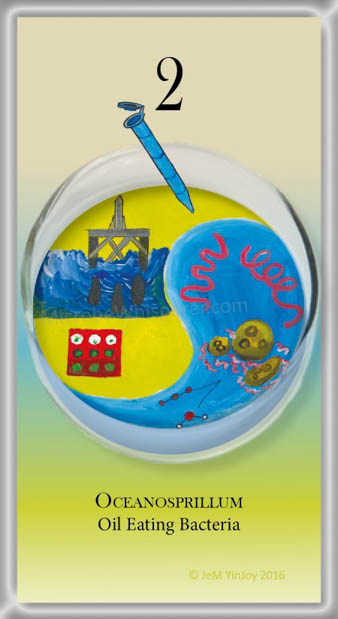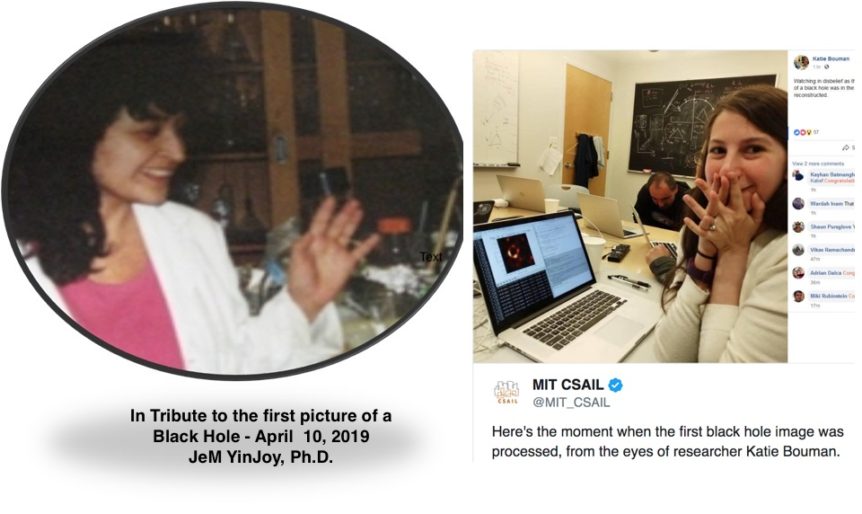
The BP oil spill
Do you remember? This spill destroyed ocean habitat starting 9 years ago on April 20, 2010, in the Gulf of Mexico. So far it is the largest marine oil spill in the history of the petroleum industry!
Miles of wonderful beaches, wetlands and estuaries, and countless marine life were affected. Humans tried to stop it. For example they used control burns and 1.84 million US gallons of oil dispersant to try to contain the massive deleterious effects of this spill. But it did not stop the extensive damage to marine and wildlife habitats!
Oil cleanup crews worked tirelessly from 2010 to 2013 to clean up this mess.
But in April 2013, reports of dolphins and other marine life continued to die in record numbers with infant dolphins dying at six times the normal rate.
The causes of the explosion and record-setting spill boiled down to one word - GREED.
The Price of Greed
In November 2012, BP and the United States Department of Justice settled federal criminal charges with BP pleading guilty to 11 counts of manslaughter, two misdemeanors, and a felony count of lying to Congress.
In September 2014, a U.S. District Court judge ruled that BP was primarily responsible for the oil spill because of its gross negligence and reckless conduct.
In July 2015, BP agreed to pay $18.7 billion in fines, the largest corporate settlement in U.S. history.

The Microbe Whisperer message
Microbes of many genera amassed within the petroleum rich waters after the spill. They came for the food because these microbes eat petroleum!
One of the Microbe Whisperer cards, features Oceanospirillum, a deep ocean dwelling microbe that was discovered as a result of the oil spill.
Another microbe, featured in this blog post video, is Bacillus licheniformis, which is a spore forming microbe (genus Bacillus) that produces a surfactant that helps these bacteria consume petroleum.
Black Hole Imaging
On April 10, 2019, an international coalition of scientists that came together to form the Event Horizon Telescope (EHT) released captured direct images of a supermassive black hole in the M87 galaxy. Read more: https://www.smithsonianmag.com/science-nature/astronomers-capture-first-images-supermassive-black-hole-180971927/#icDBsQX4618igytf.99
Team Effort
The EHT project, included eight observatories and over 60 scientific institutions, 200 scientists, and an algorithm by Dr. Katie Bouman, one of the gifted computer scientists on the project (the tweet of her "Eureka" moment is in the video below).
Black Hole and BP Spill Connection
According to a NASA definition, A black hole is a spot in space where gravity pulls so much that even light cannot get out. The gravity is so strong because matter has been squeezed into a tiny space. This can happen when a star is dying.
Well, the BP oil spill was a supermassive "black hole" of death, for many of our marine life, the "stars" of our ocean's environment. Since the first image of a black hole was released close to the BP oil spill anniversary, I took the artistic license of setting some evocative images to music.
Enjoy the video and special thanks to "Muse" for their song, "Supermassive Black Hole."
by JeM YinJoy









